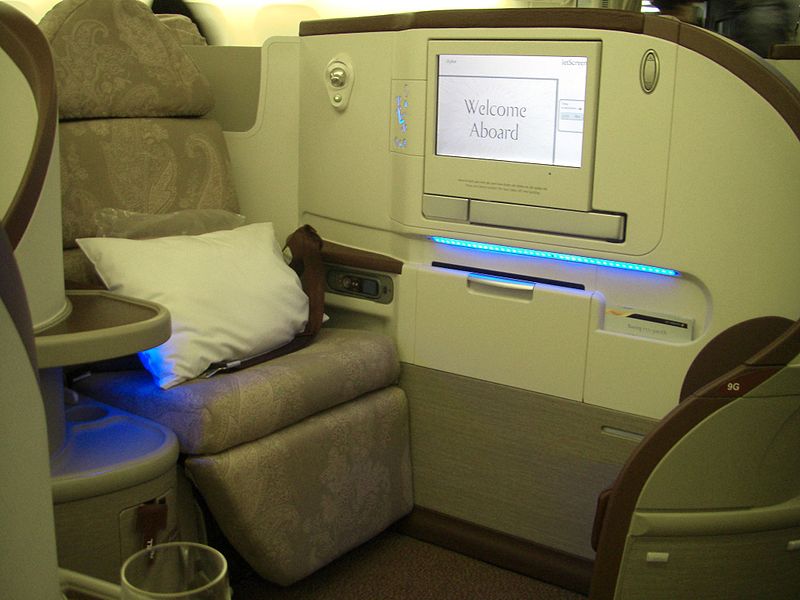How to Calculate the Value of Your Points for Flights
Continuing on from last week’s post of how to calculate the value of your points for Gift Cards, this is how to do the same but for flights!
This would be my step by step summary (TLDR):
- Find the flight you wish to book, using a search engine like Google Flights
- Note down the cash cost. Don’t forget to factor in any potential (unavoidable?) card surcharges and/or other fees.
- Find out the points cost for the same flight – note that the flight you want may not be available. Using Qantas as an example, this will require you to login to your Qantas Frequent Flyer account, and conduct the flight search by searching for “Classic Flight Rewards”.
- Find out the tax cost for this flight by proceeding past the flight selection page. Be aware that there may also be Credit Card surcharges applied here too.
- Deduct the tax cost from the cash cost of the flight as noted in step #2. The points cost is now equivalent to the remaining balance.
Example
Sydney to Hong Kong, Economy Class return on Qantas. This search was made on 13 August 2017.
- Route: Sydney to Hong Kong
- One-way/Return?: Return
- Cabin: Economy Class
- Depart: 15 February 2018
- Return: 22 February 2018

SYD-HKG Economy Class, 15 Feb – 22 Feb using Google Flights
The link for my search – this shows me Cathay Pacific is bookable for $853 return (that’s actually a pretty good price!). I now note down $853.
Now, go to Qantas to complete a points search cost.

Ensure you have selected the right search mode – “Classic Flight Rewards”
Note that the other option is “Use money, points or both”
Do not select this, as this method of calculation for the points cost is actually based on the cash cost of the fare. In almost all cases, it will not be worth it as it is significantly higher than “Classic Flight Rewards” cost.

Look for these little seat icons which represent the flight is available for booking (unlike “No Seats”, for the second row in Premium Economy)
Make the selection for the flights for both the departure and return, and continue to the next screen.
The next screen will show you a summary of the cost in both points and cash and will look like the screenshot below.

Summary of total cost (taxes and points)
Now go back to the initial cash cost figure that was notated. $853 AUD for Cathay Pacific. The tax component (“Card Payment”) as shown above is $323.82. Deduct this tax component from $853, and you will get a figure of $529.18.
If you continued with this transaction, you are effectively substituting 56,000 Qantas Points for $529.18.
Using the same logic as the Gift Card valuation from last week, divide the “denomination” ($529.18) by the points cost (56,000) to obtain your point unit cost. This will get you to a valuation of 0.94c per point, which is a whole 0.41c higher than the Gift Card valuation above.
I understand that I have compared a direct Cathay Pacific cash flight to a direct Qantas points flight. This is because if I was in this position, I would realistically pay the $853 for the Cathay Pacific flight rather than pay $928 (an additional $75) to fly Qantas. If you know that you would realistically pay $928 to fly Qantas, you would base your calculation on the Qantas cash cost instead.
You can apply the same logic if you were trying to obtain a valuation on your points for airfares in other cabins and on other airlines, but you need to be somewhat careful (realistic) about your figures when you start using the cash fares of Premium Economy/Business Class/First Class. In next week’s post, I will be elaborating on this with an example.
Do you have any questions? Feel free to leave comments!
Don’t forget to subscribe if you enjoy my content 🙂


